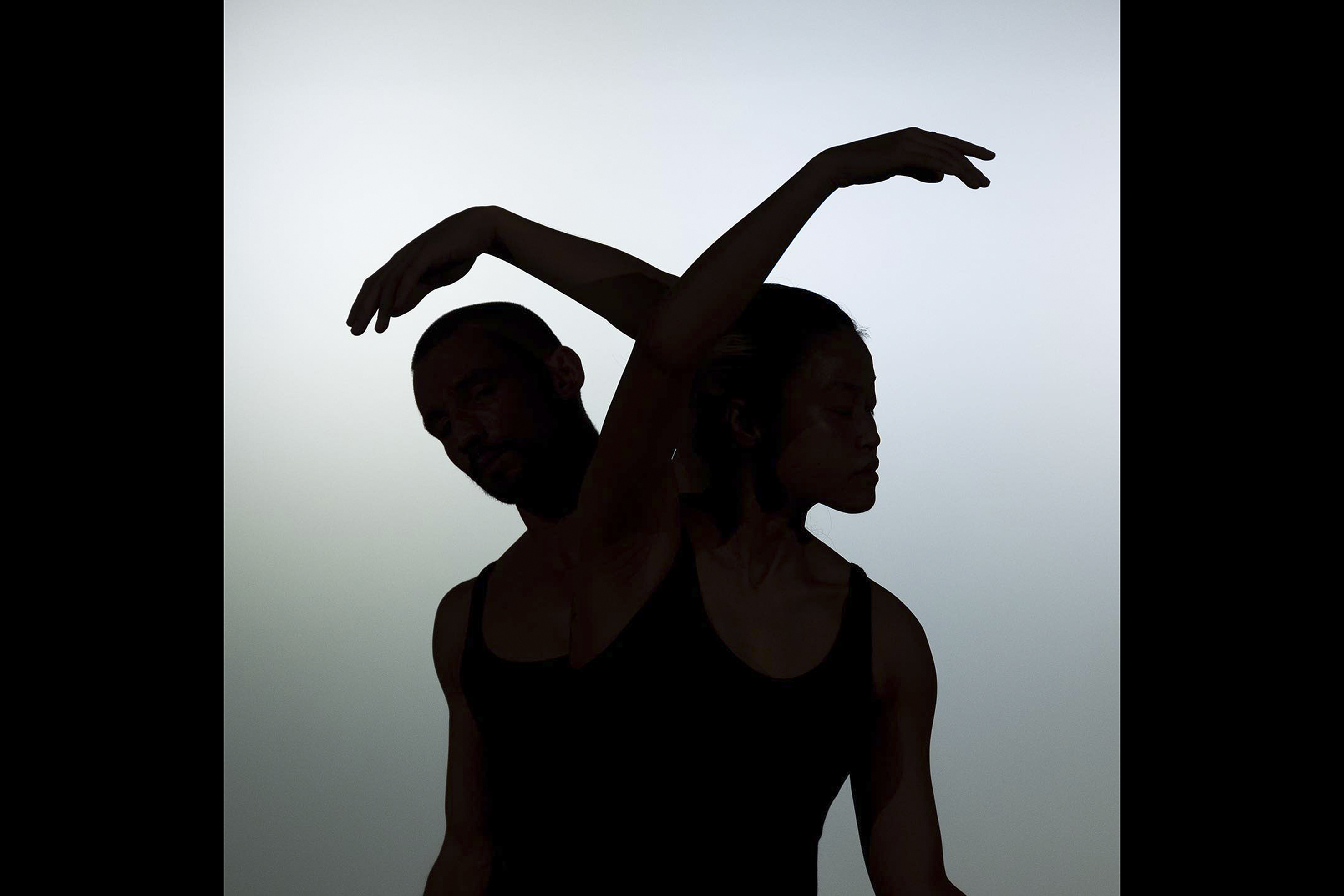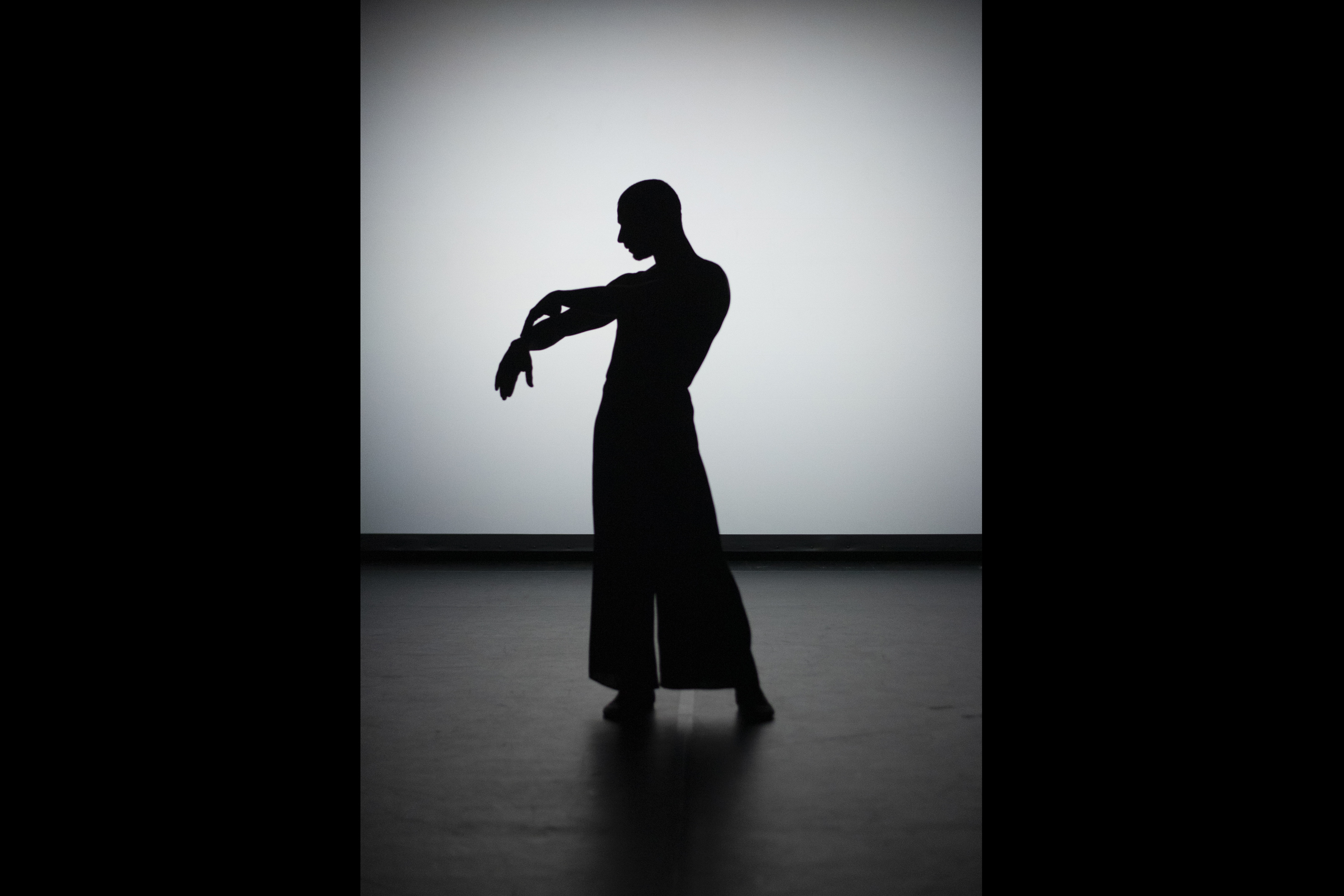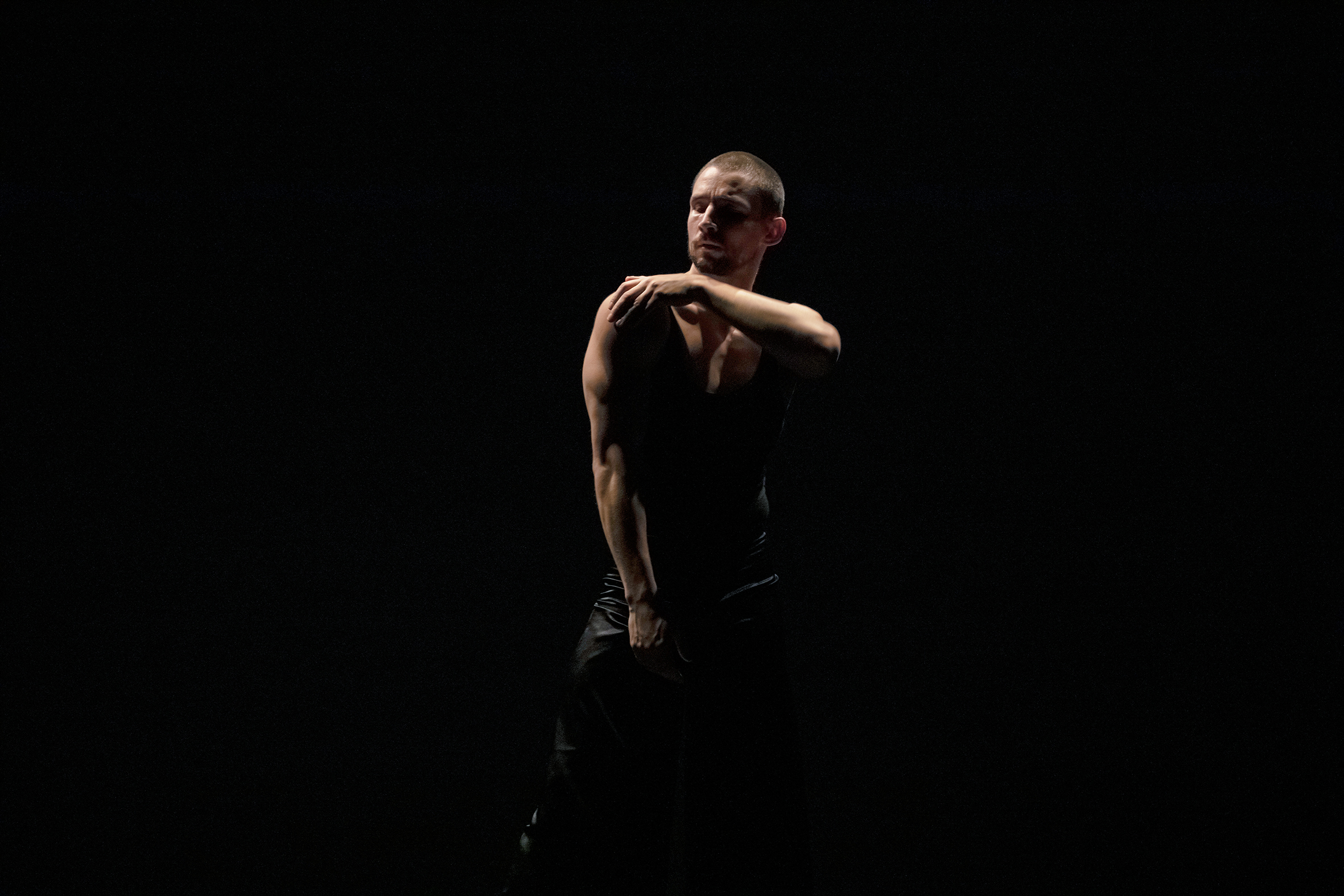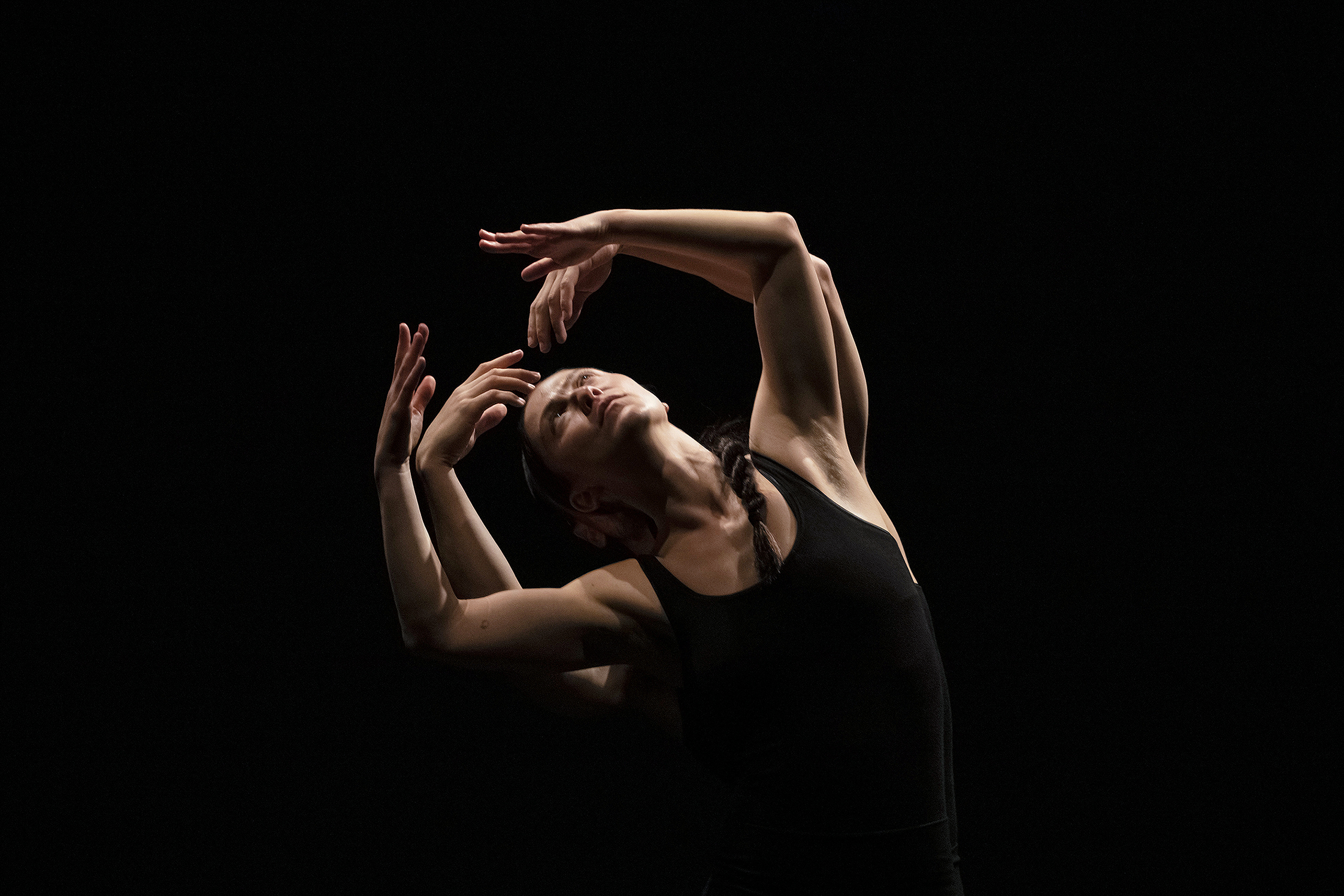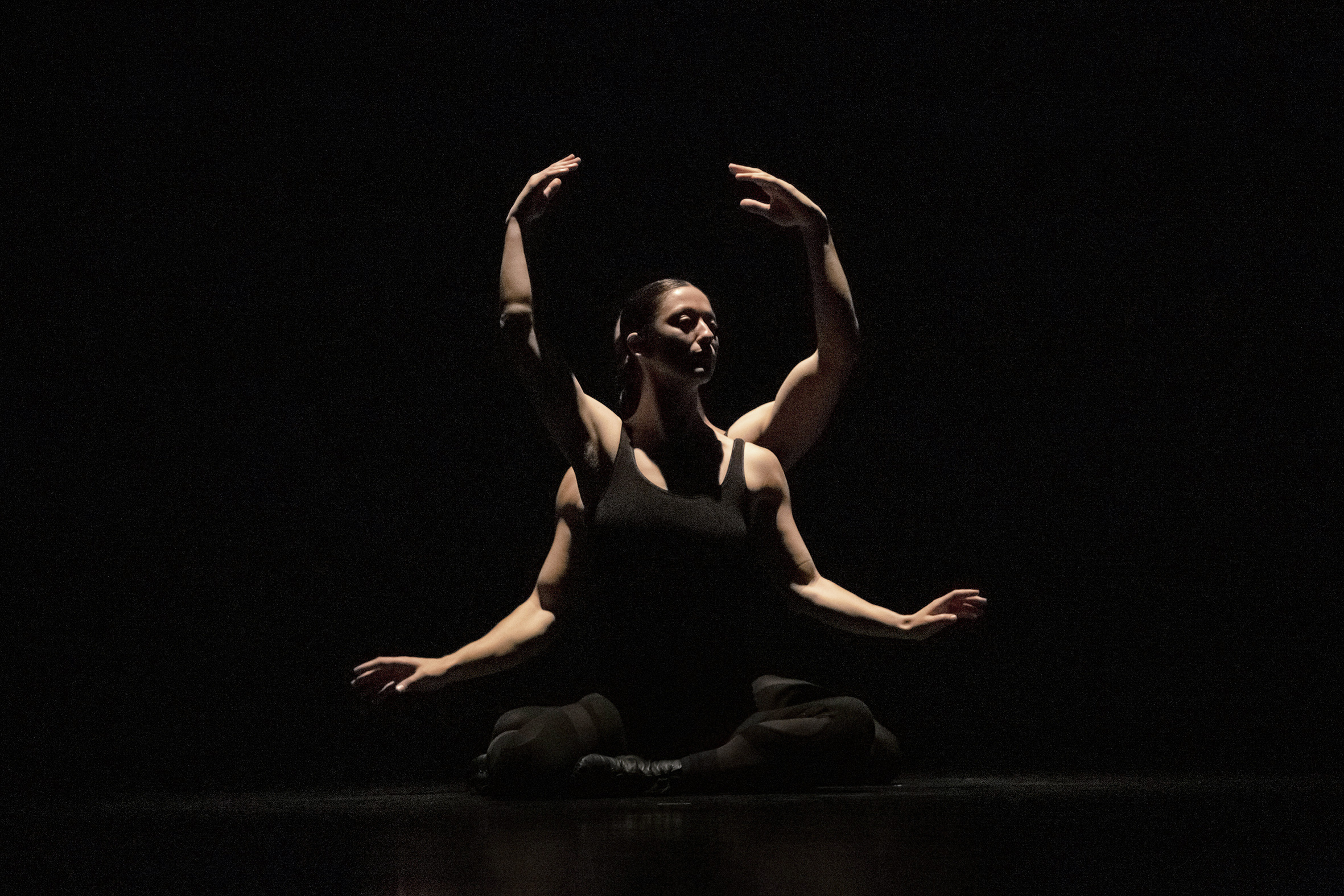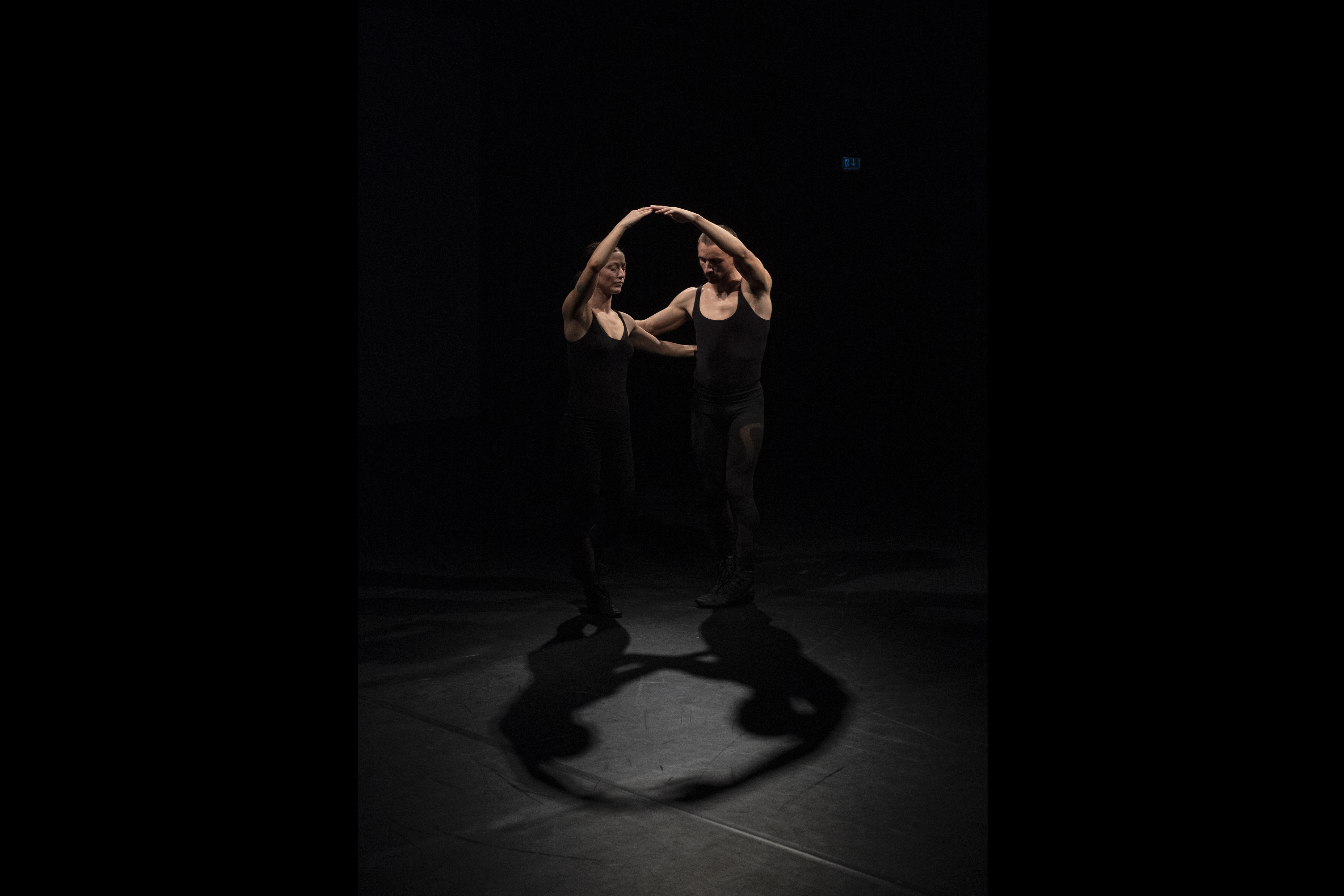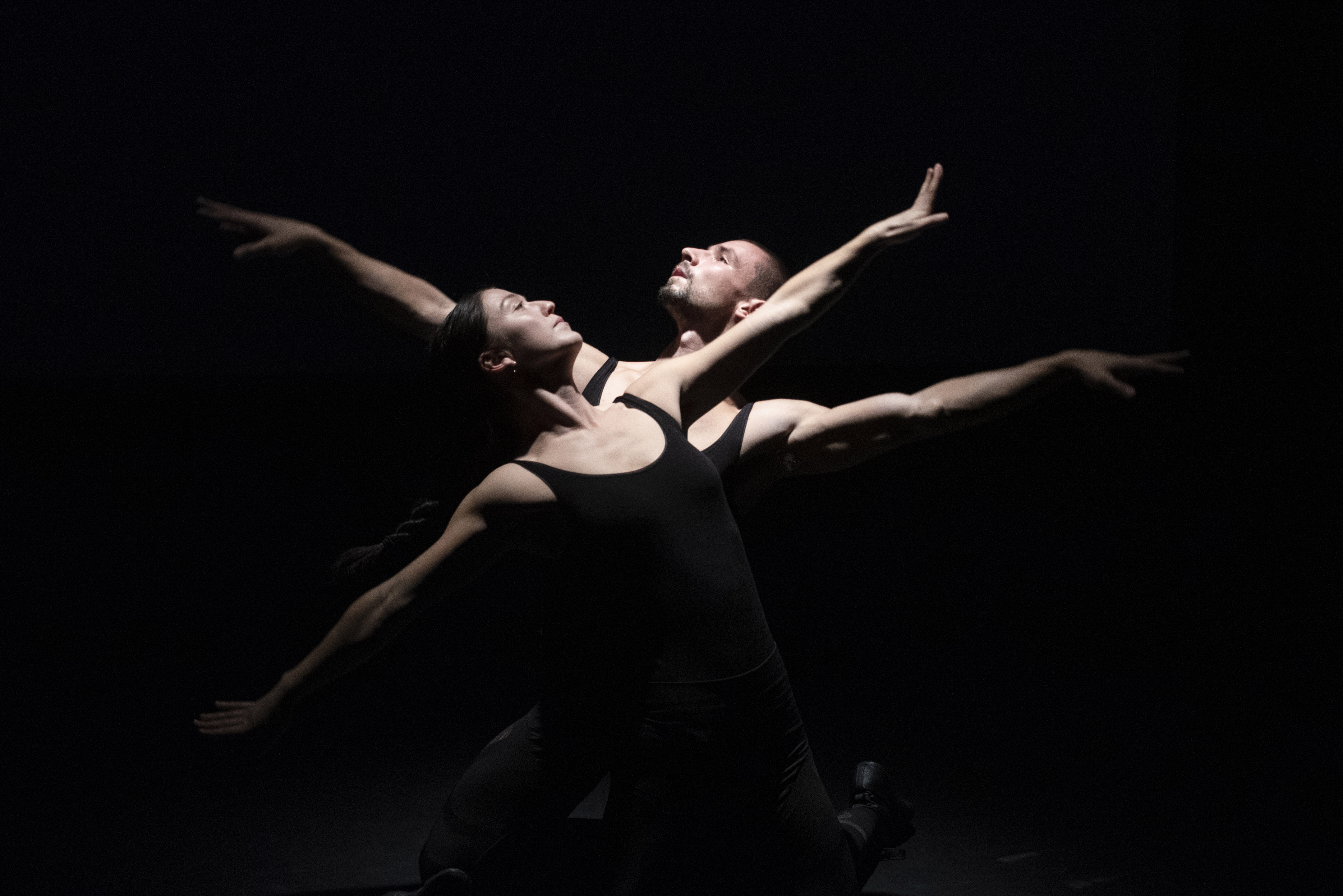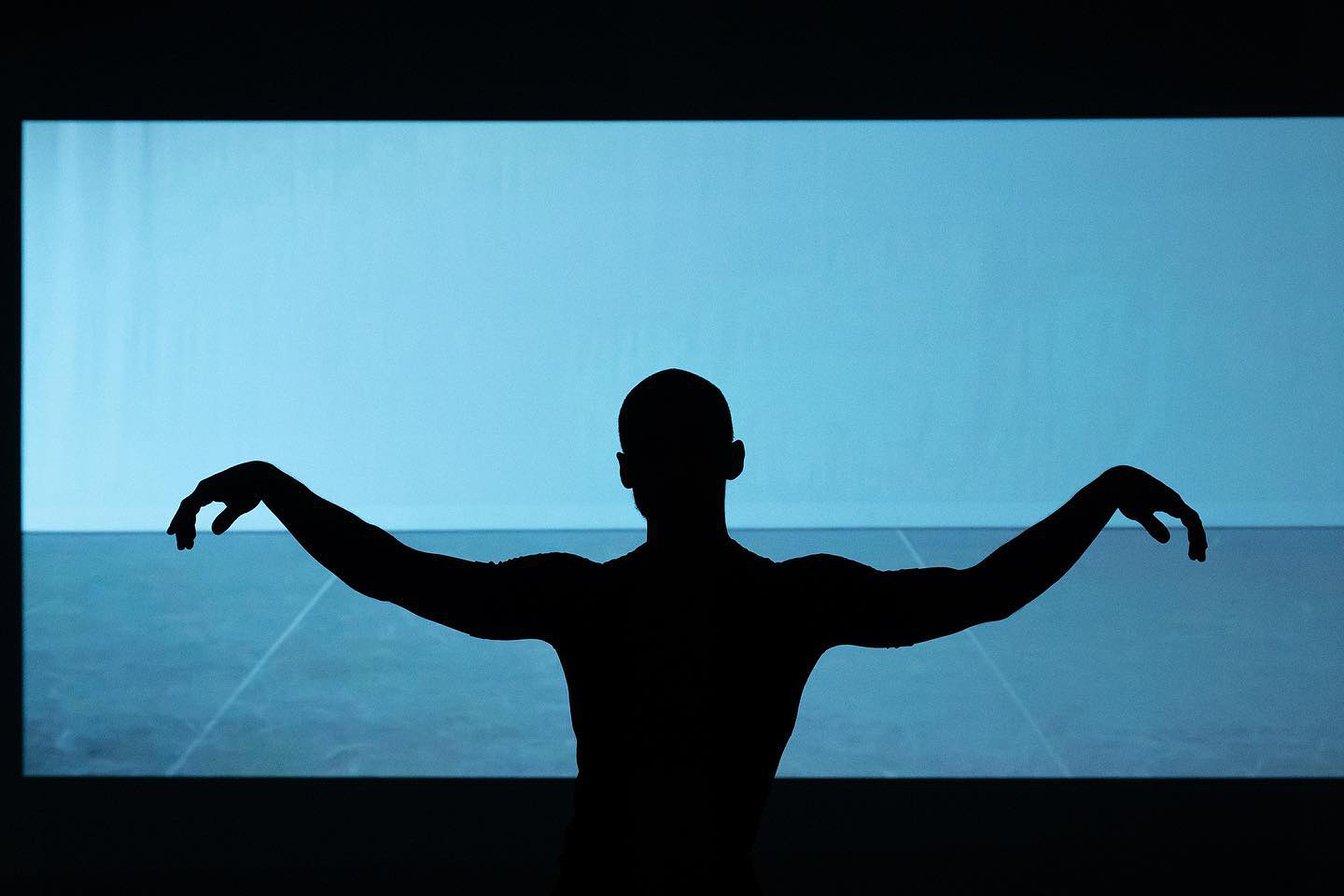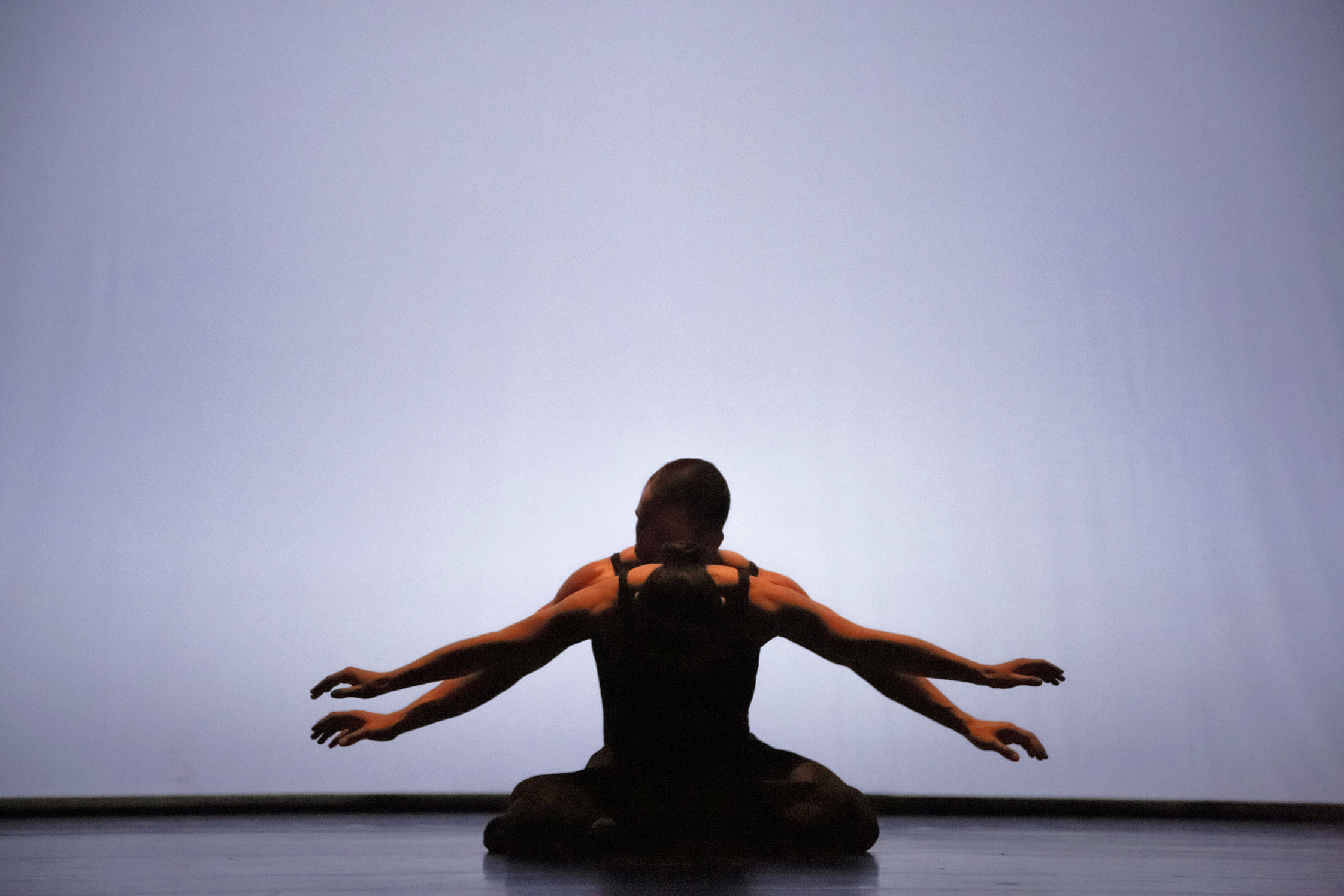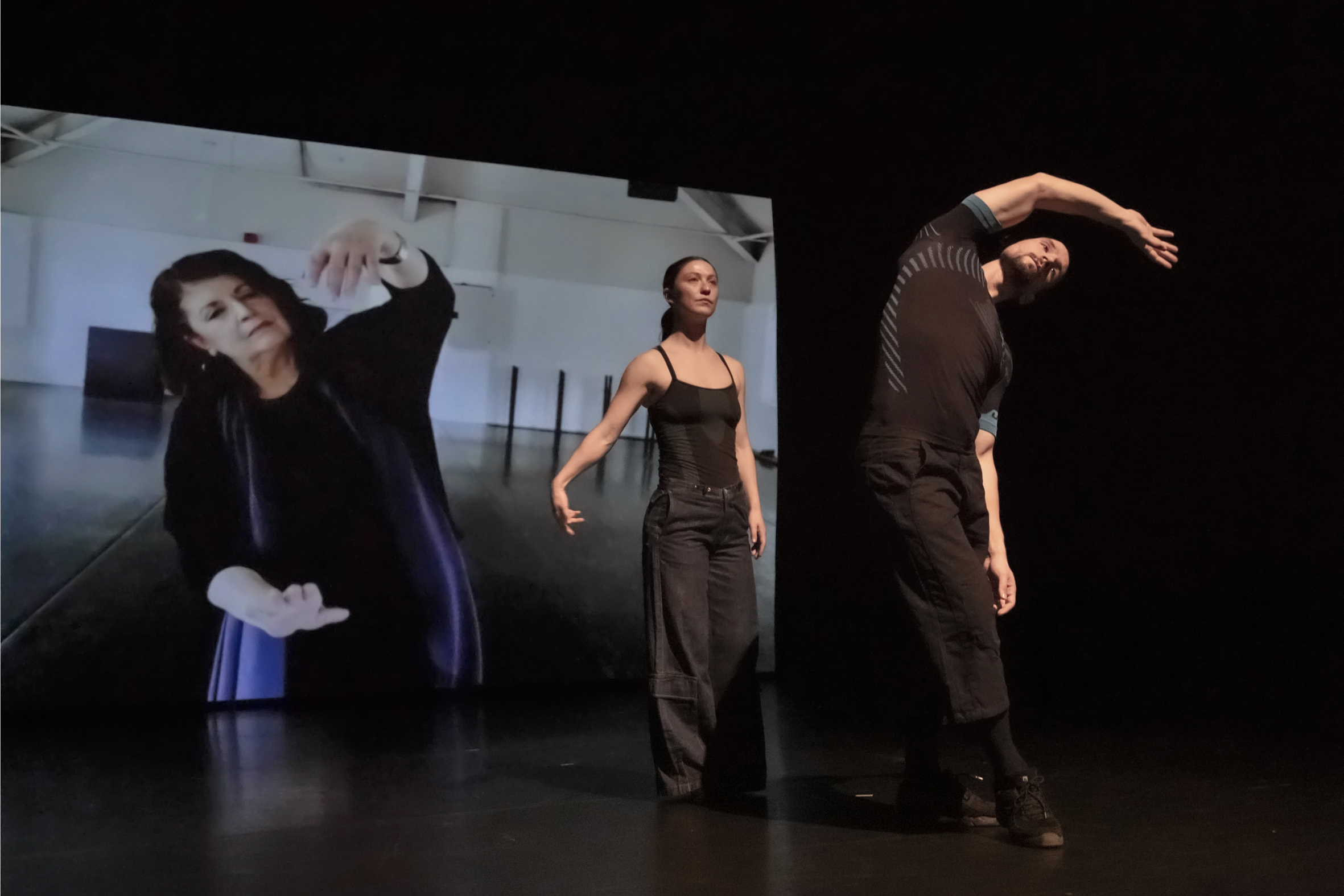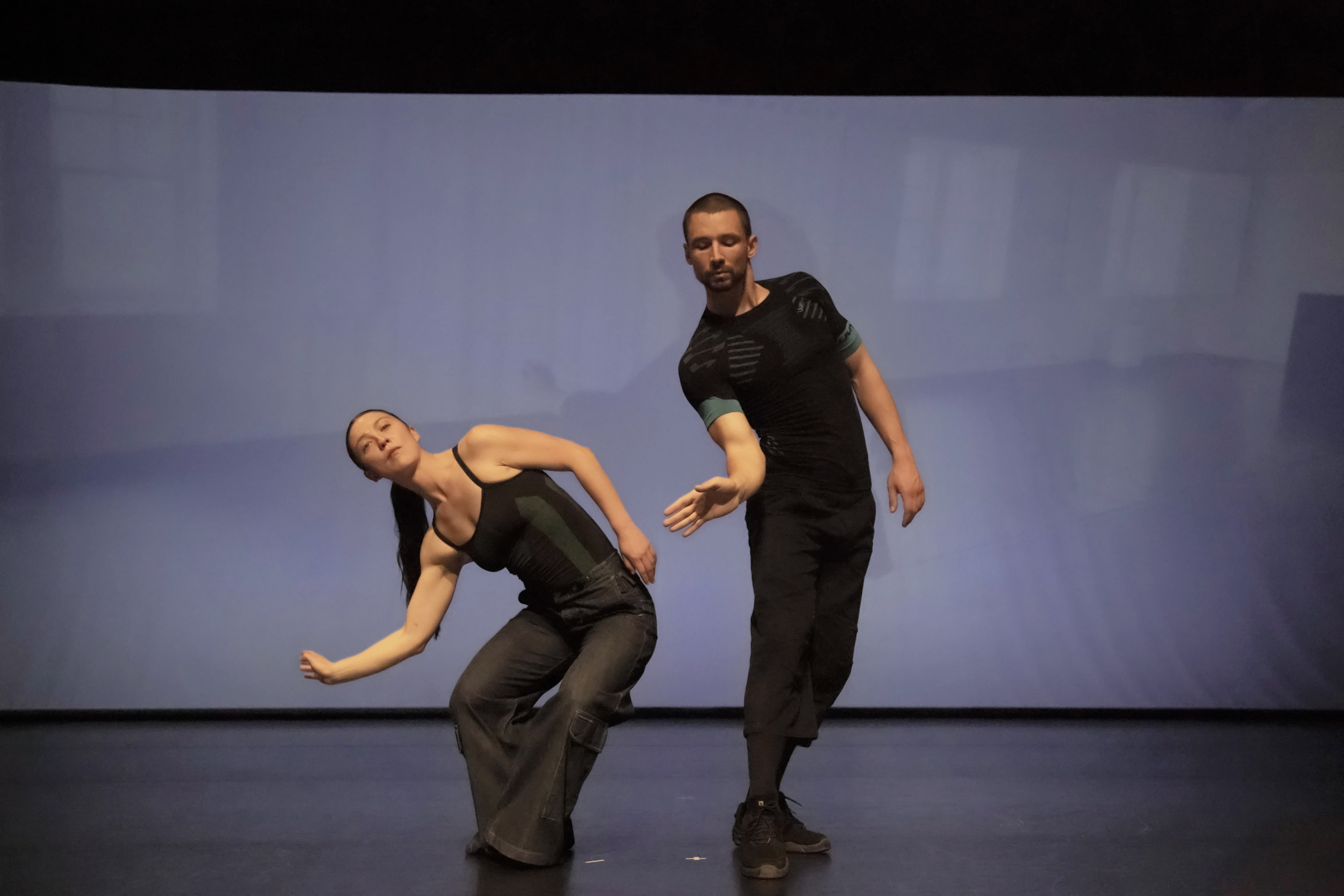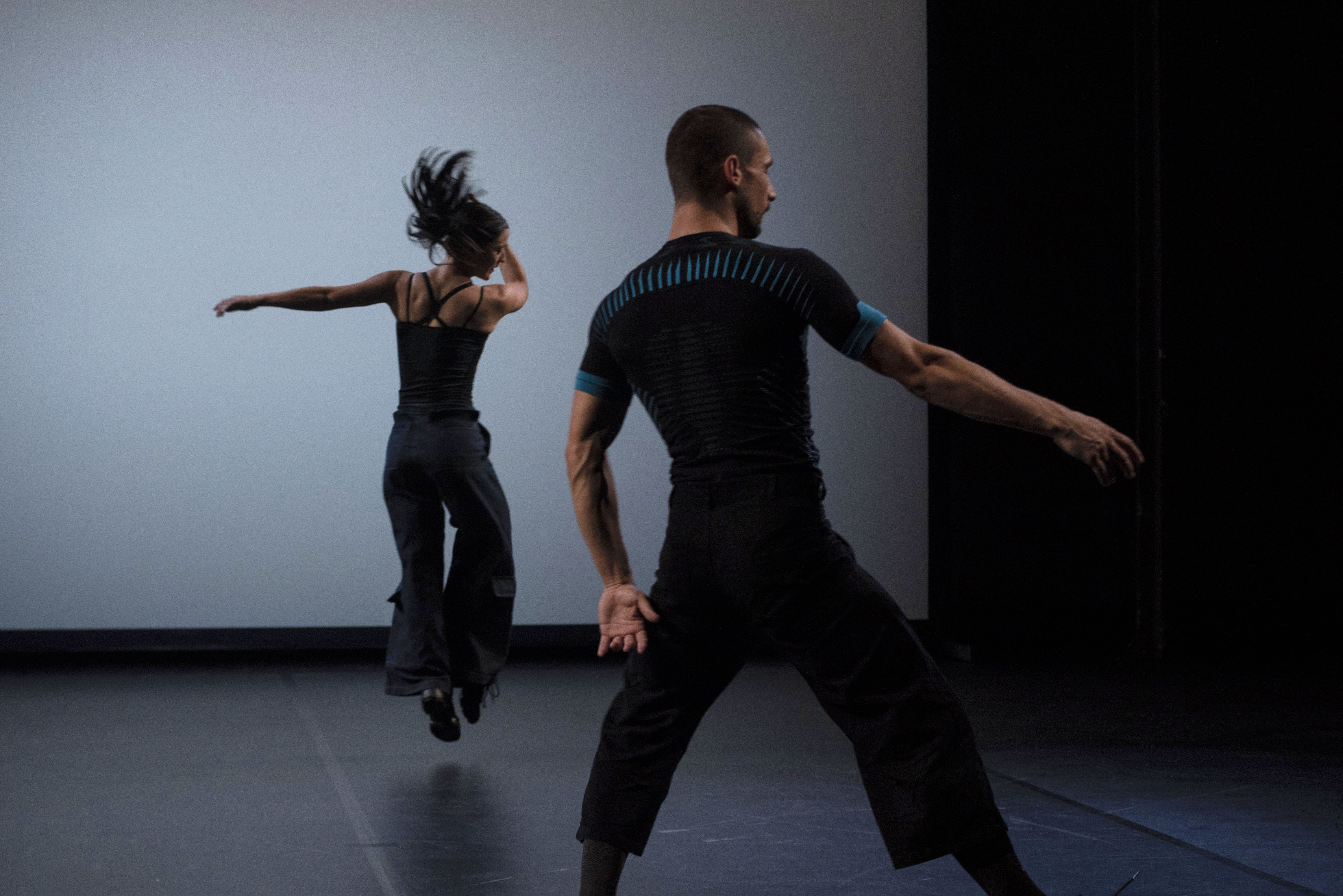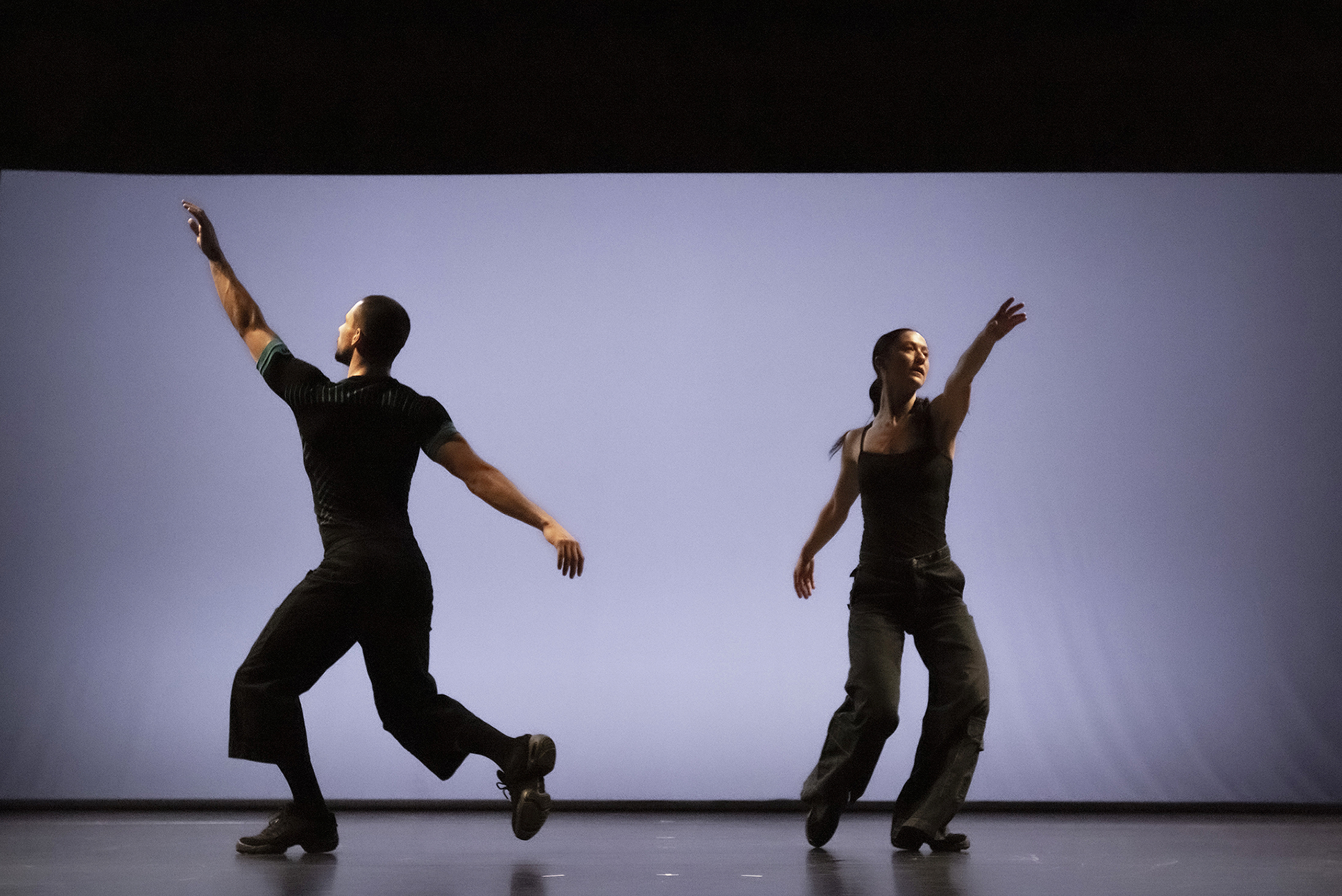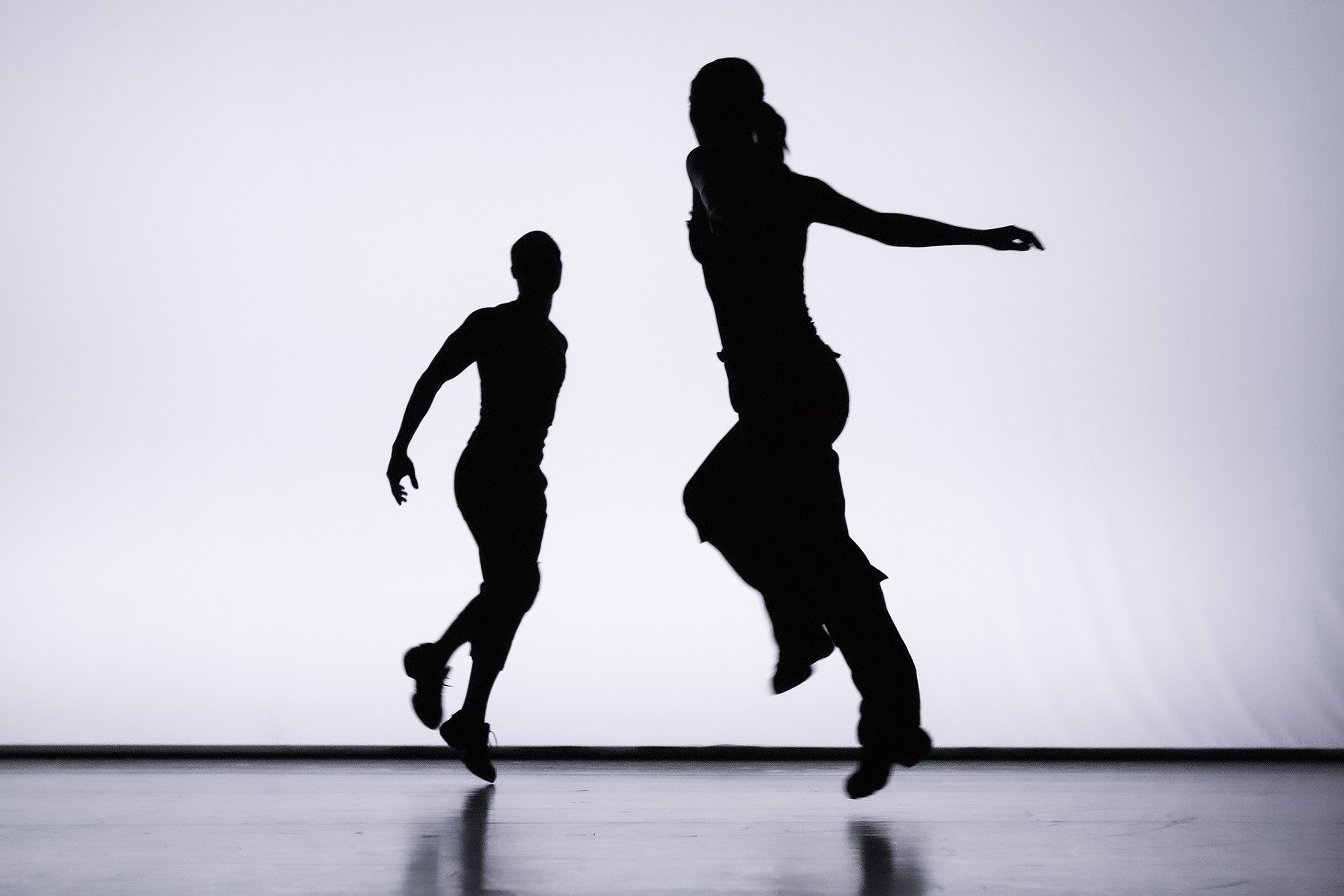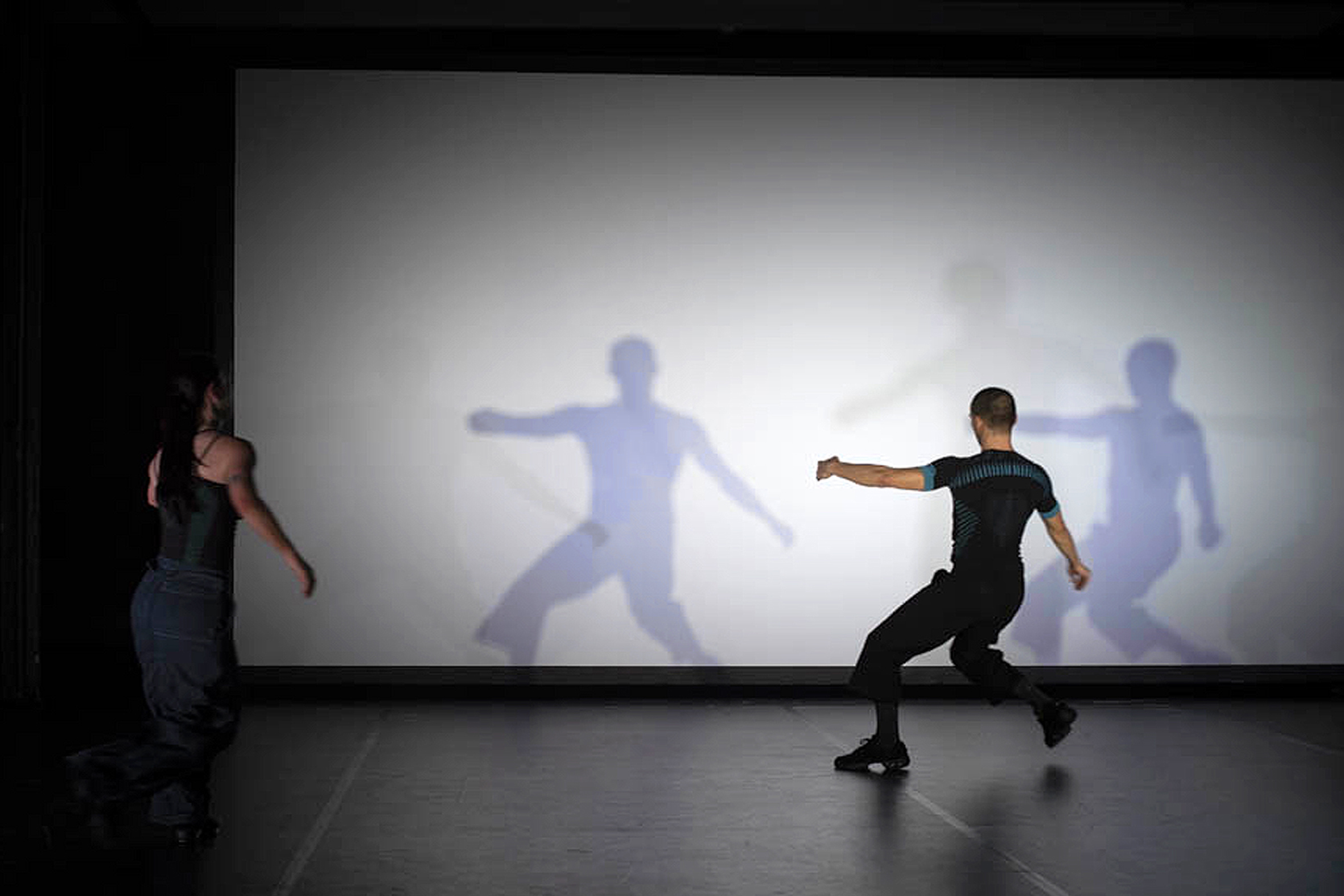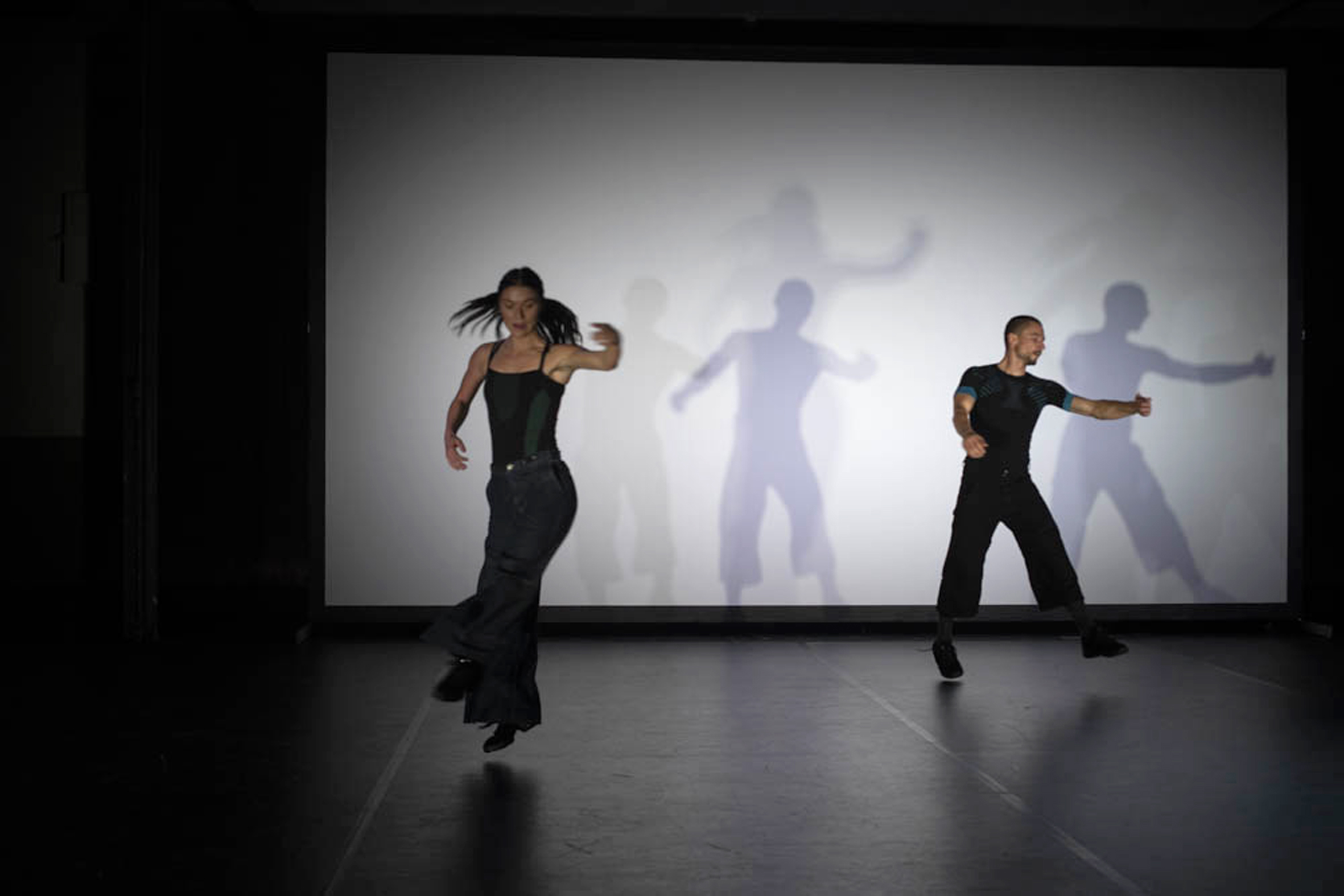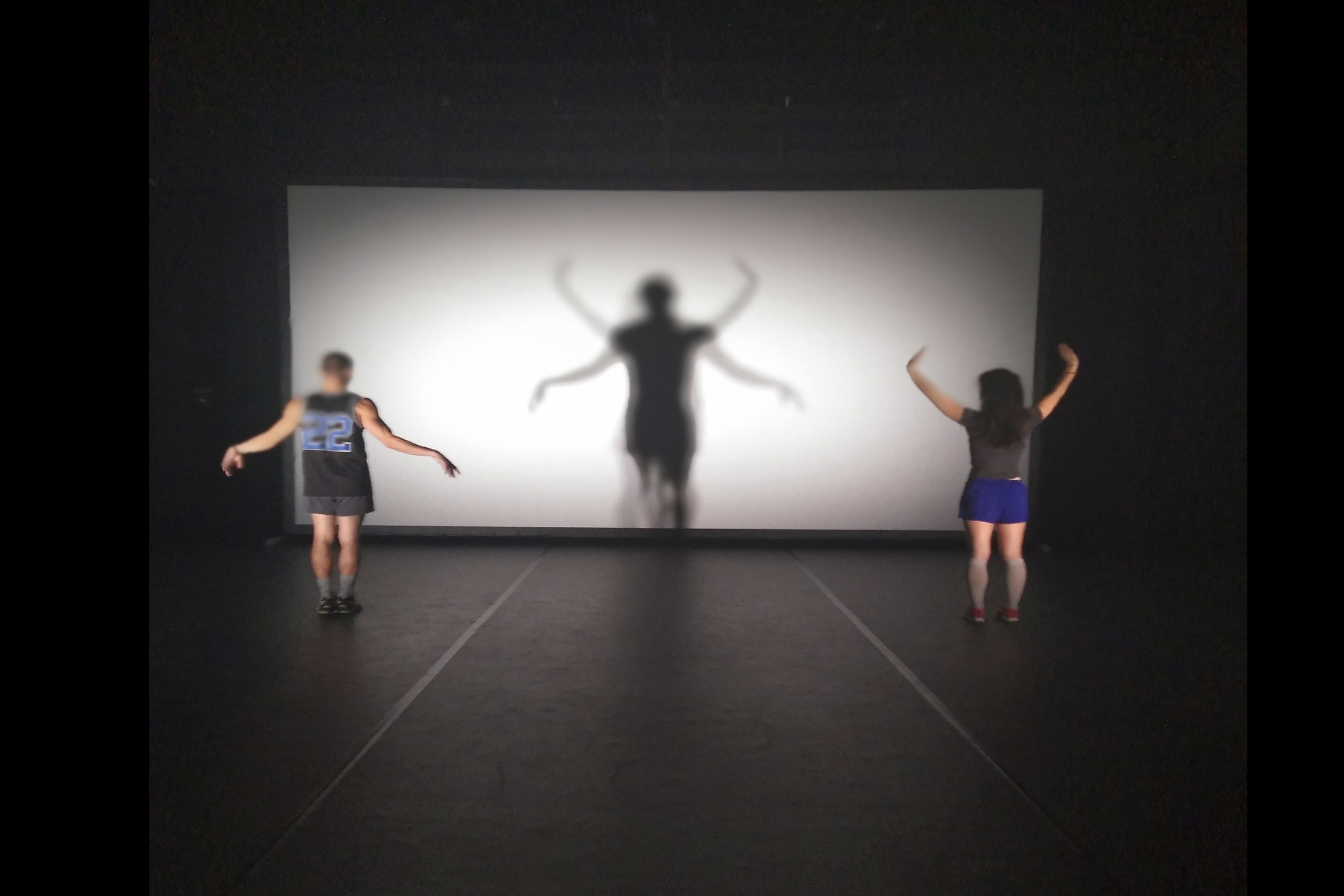In Shortcuts to Familiar Places, James Batchelor creates a personal performance about the body as a site of historical and choreographic inscription. Like a map that is constantly being redrawn and rewritten, the body here goes through endless cycles of transmission and reception. What are the gestures, forms and patterns that persist over time?
James Batchelor's dance teacher Ruth Osborne was trained in the methods of modern dance pioneer Gertrud Bodenwieser, who developed visionary approaches to dance education and choreography in the early-mid-20th century. Bodenwieser's repertory and training were rarely documented in video and hence now mostly survive in the body memories of her students. James Batchelor explores the fragments of movement that still linger from this time in body memory, existing in tension with a seemingly oppositional pull towards the obsessively detailed anatomical deconstruction. In two duets and a solo, he finds new artistic ways to embrace the complexity of self-expression in contemporary times – while echoing the free spirit of the expressive dance (Ausdruckstanz) era.
For this work I looked to archival images for inspiration. I wanted to create a feeling of simplicity, exploring the forms used in Bodenwieser's choreography. There is an emphasis on symmetry in the design, creating symmetrical shadows that mirror and elongate the choreographic movement in Mandela-like shadow patterns on the floor. I explored different ways of making the dancers visible, using variations of shadow and silhouette in the works' three movements.
I also used the light and scenography to integrate the video and live bodies, creating a conversation between the two where the historical and contemporary choreography could resonate with each other. In the final piece, multiple shadows fill the space in a joyous celebration of generations past and future.
Chorepgraphy, Performance - James Batchelor
Dramaturgy, Production - Bek Berger
Composition - Morgan Hickinbotham
Performance - Chloe Chignell
Light design - Vinny Jones
Costume design - Juliane König
Video montage - Margie Medlin
Videography - James Batchelor
Choreographic consultation - Ruth Osborne, Eileen Kramer, Carol Brown
Research consultation - Michelle Potter
A production by James Batchelor and Collaborators in coproduction with SOPHIENSÆLE. Funded by the Capital Cultural Fund and the Australia Council for the Arts, Tanja Liedtke Foundation, Michael Adena and Joanne Daly. With support of Tanzhaus nrw, QL2 Dance, Belconnen Arts Centre, Cocoon Dance, Trauma Bar und Kino, and Theaterhaus Mitte.
Permier October 18, 2022, Sophiensaele, Berlin, DE.
